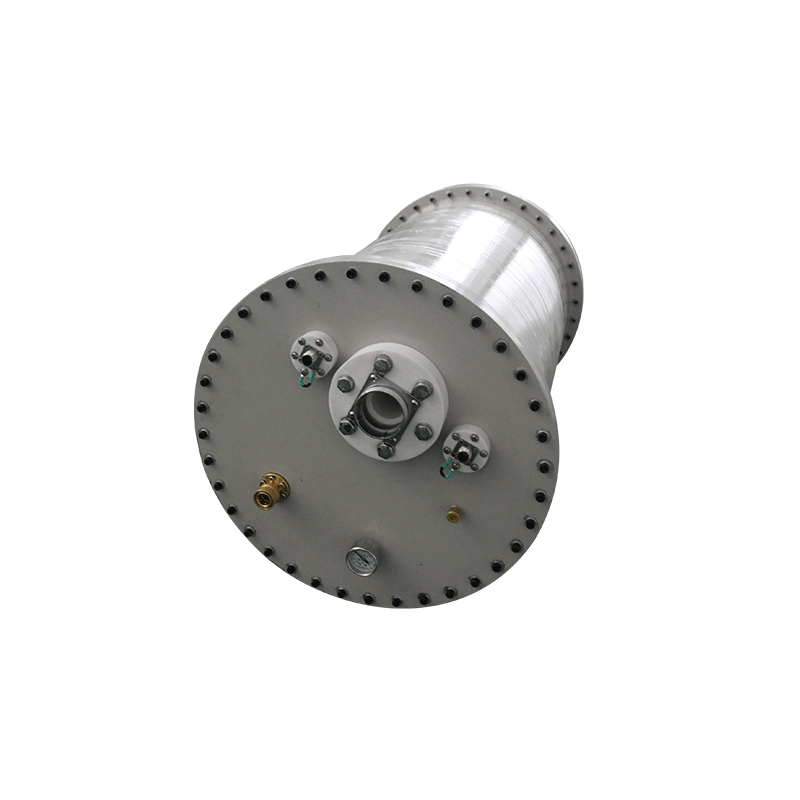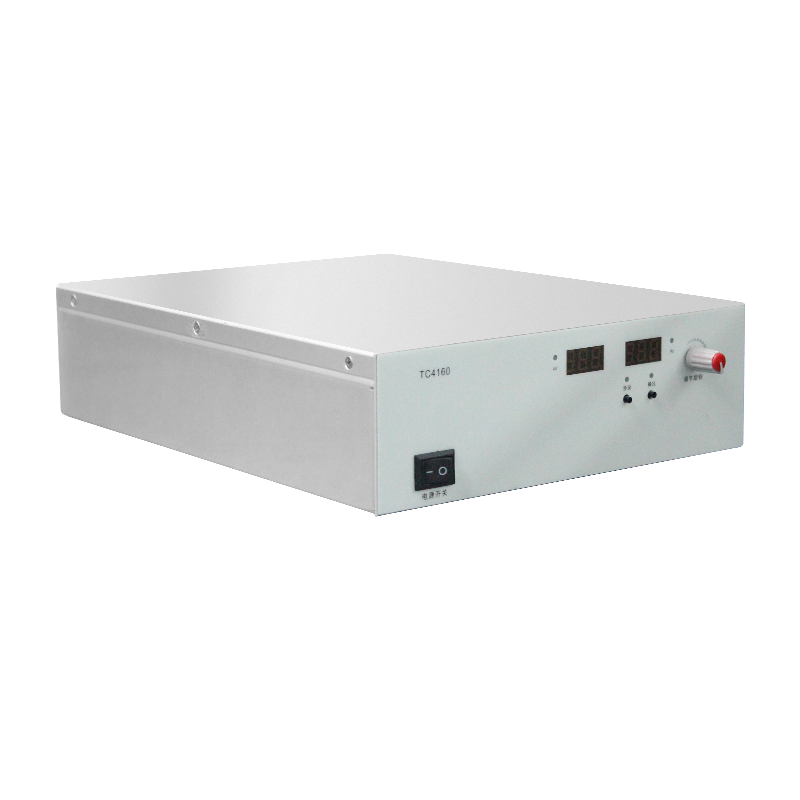Research on Cable Insulation Aging Assessment Methods Using High-Voltage Power Supplies in Cable Fault Testing
In modern power distribution systems, the reliability of cable insulation directly determines operational safety and service continuity. High-voltage power supplies used in cable fault testing serve not only as the primary energy source for fault localization but also as diagnostic tools for assessing insulation aging and degradation. Traditional testing methods—such as DC withstand voltage and pulse testing—often fail to capture subtle aging characteristics in polymeric insulation materials used in contemporary cables. Therefore, advanced evaluation strategies integrating controlled high-voltage excitation and intelligent signal analysis have become essential.
The key to insulation aging assessment lies in accurately analyzing the dielectric response of the cable under controlled electrical stress. Modern high-voltage test power supplies provide programmable output modes, including DC, AC, impulse, and step voltage. By applying multi-frequency test signals, the system can measure parameters such as dielectric loss, polarization current, and leakage current variation. These parameters reflect molecular chain degradation, partial discharge activity, and moisture absorption in aged insulation.
To enhance diagnostic precision, high-resolution digital sampling and phase-synchronized voltage control are employed. This allows accurate measurement of insulation polarization behavior and relaxation phenomena. The resulting response curves are analyzed using time-domain and frequency-domain dielectric spectroscopy, enabling extraction of key indicators such as permittivity variation, polarization decay rate, and charge accumulation dynamics. These data are processed through machine learning algorithms to quantify insulation health and predict remaining service life.
Partial discharge (PD) testing, powered by stable high-voltage excitation, provides another dimension for evaluating insulation degradation. The high-voltage supply must deliver ultra-stable, low-noise output to detect discharge activity in the pico-coulomb range. When combined with phase-resolved PD pattern recognition, it becomes possible to identify specific defect types such as voids, surface tracking, or contamination.
Furthermore, environmental compensation is critical for consistent results. Modern high-voltage supplies integrate environmental sensors to record temperature, humidity, and load conditions, which are factored into the diagnostic algorithms. Electromagnetic shielding, optical isolation, and differential input circuits further enhance immunity against interference.
Through multi-modal excitation and advanced data fusion, high-voltage power supplies enable quantitative and predictive insulation aging assessment—transforming cable fault testing from a reactive to a condition-based maintenance strategy.




















